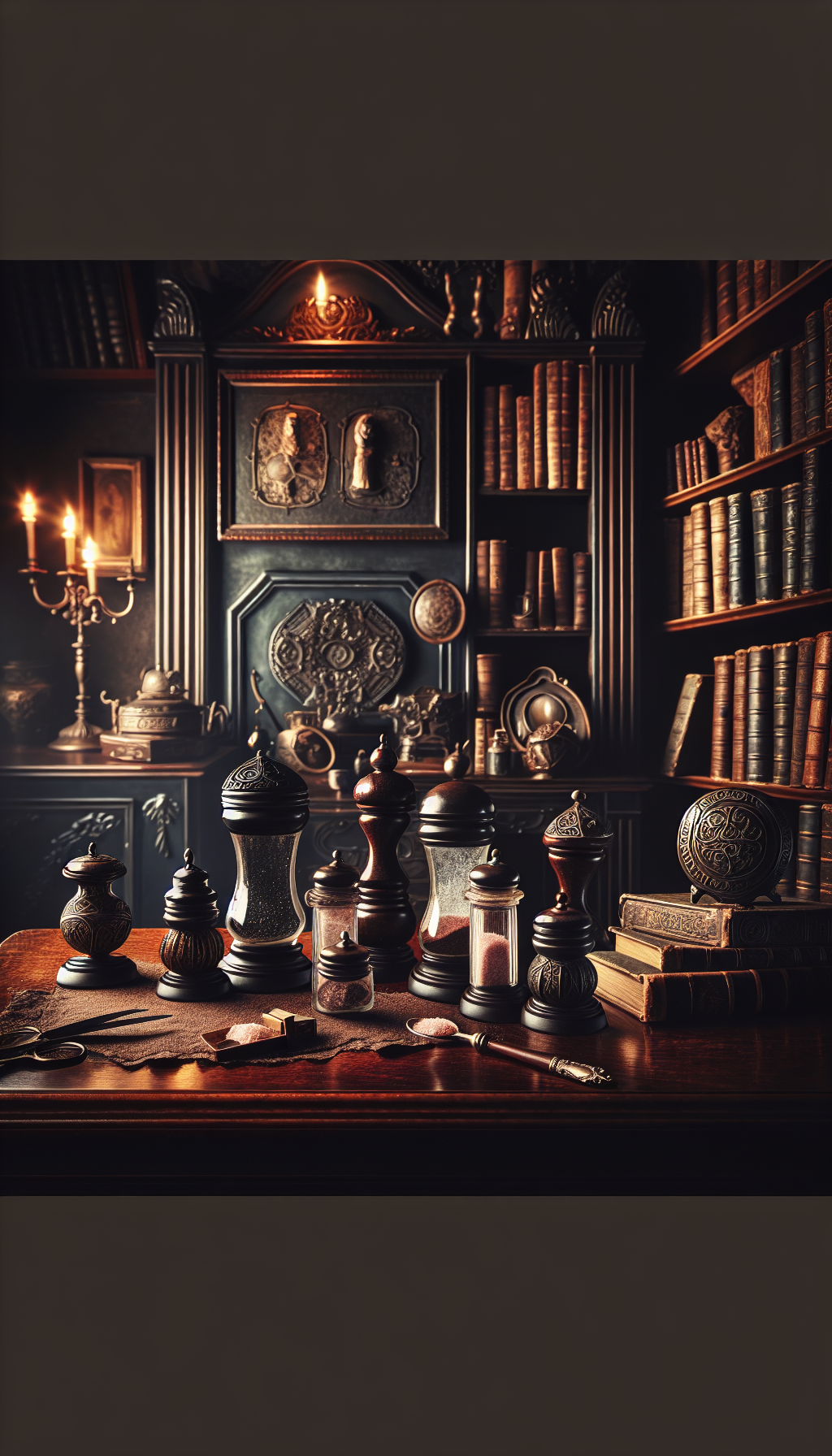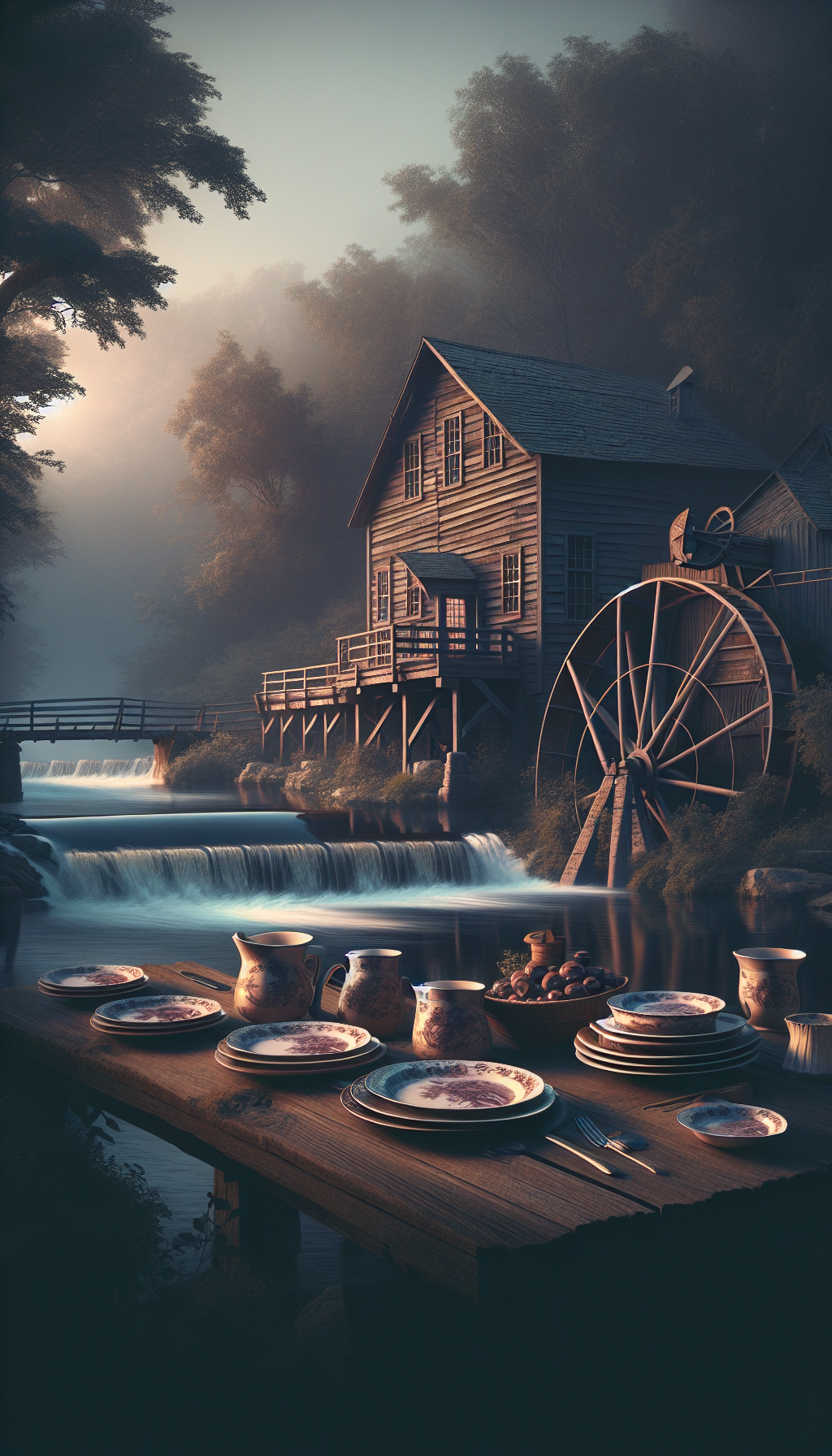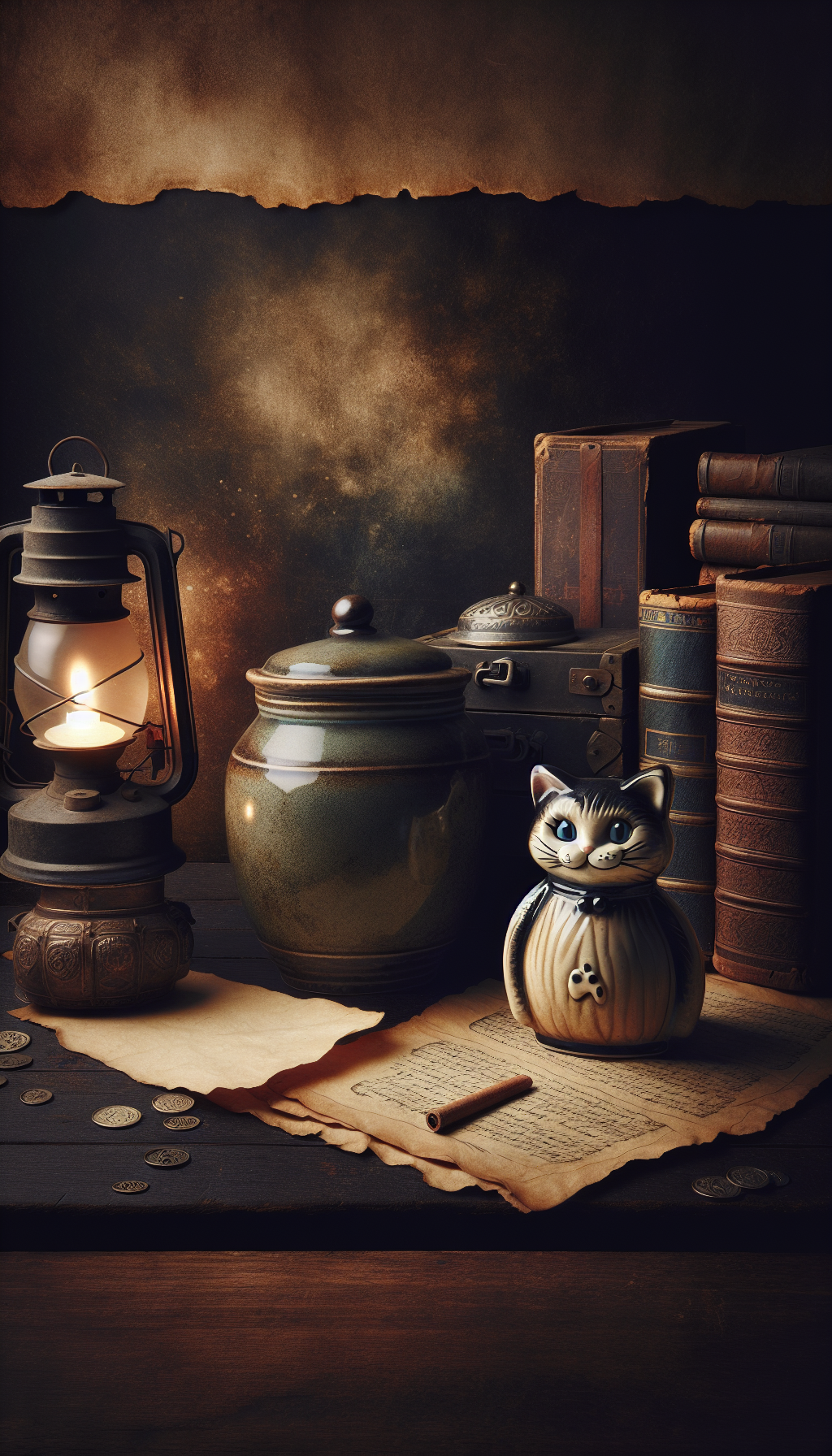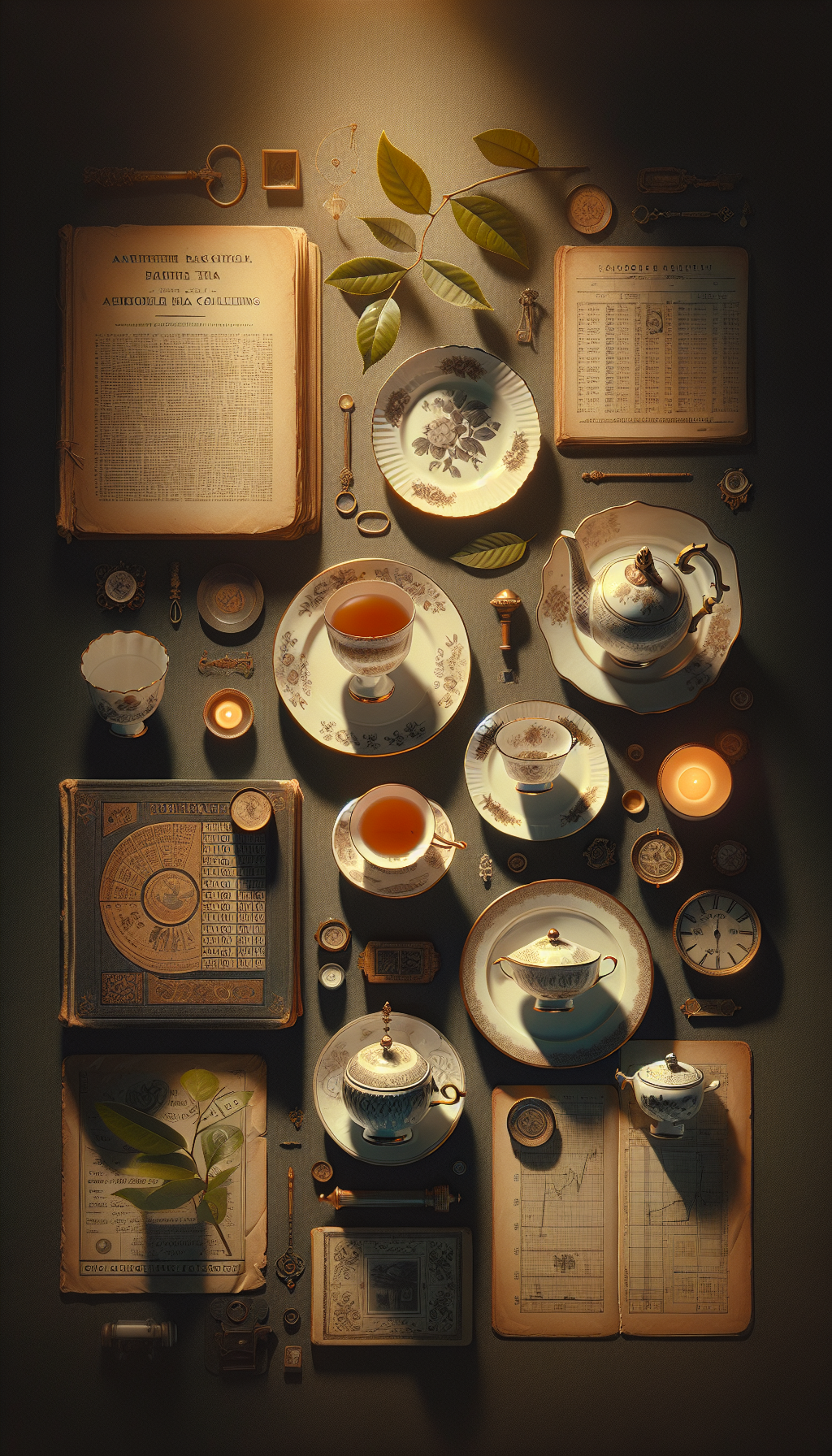A Set Of Two Vases In The Moorcroft Style Circa Early 20th Century
Few categories of British art pottery are as instantly recognizable as Moorcroft and its close imitators. A matched pair of vases in the Moorcroft style, dated circa early 20th century, invites questions that matter to both collectors and appraisers: Are they by William Moorcroft himself, by the later Moorcroft Pottery, or by a contemporary maker working in a similar idiom? Do the bases and the brushwork support an early date? And as a pair, do they truly belong together?
This guide distills the key markers—form, tubelining, glazes, bases, and condition—so you can identify and value such a pair with confidence.
Why “In the Moorcroft Style” Matters
Auctioneers and dealers use “in the Moorcroft style” for three common reasons:
- Caution: The pieces resemble Moorcroft, but marks are ambiguous or absent, so authenticity isn’t guaranteed.
- Contemporary makers: Other Staffordshire and Lancastrian potteries (e.g., Macintyre-era lookalikes, Hancock & Sons, Pilkington’s, Shorter & Son, or Carlton Ware) produced tubelined, richly glazed wares that echo Moorcroft’s aesthetics.
- Later tributes and reproductions: 20th-century and more recent pieces imitate Moorcroft’s pomegranate, wisteria, and landscape schemes.
For appraisal, “style” is not a verdict—it’s a prompt to investigate. Early Moorcroft (c. 1898–1930) spans the Macintyre factory period (pre-1913) and the independent Moorcroft Pottery at Cobridge (post-1913). Both are tubelined and hand-decorated, but they carry distinct marks and technical signatures. Understanding these is the difference between a conservative description and a firm attribution.
Hallmarks of Early 20th-Century Moorcroft—and Convincing Lookalikes
The feel of the clay body, the definition of the tubelining, and the translucence of the glaze are among your best telltales.
- Body, weight, and finish
- Body: Fine earthenware, typically well-potted with a solid but not clumsy weight. The foot rim is often neatly ground.
- Stilt marks: Expect three small, triangular resting points on the base (sometimes under the glaze), indicating how the piece sat in the kiln.
- Crazing: Fine overall crazing is common and not necessarily a defect; it should be consistent with age.
- Tubelining (slip-trailing)
- Moorcroft’s tubelining (raised outlines applied from a piping bag) is usually crisp and confident.
- Lines are slightly irregular at tight curves—evidence of a human hand rather than uniform machine precision.
- In lookalikes, tubelining can be flatter or too even; in reproductions, it can be perfunctory, with occasional breaks in the outline not filled properly by glaze.
- Color and glaze character
- Depth: Early Moorcroft glazes have palpable depth and pooling at recesses, with layered, jewel-like colors.
- Flambé: Rich ruby or oxblood overlays occur on some early 20th-century pieces; the color should shift subtly in the light.
- Common early schemes: Pomegranate (multi-fruit on mottled grounds), Wisteria (pendant racemes), and landscapes like Hazeldene, Claremont, and Eventide. Florian Ware (blue-and-white and polychrome, often with art nouveau motifs) is late 19th to Edwardian and can appear in pairs.
- Shape and proportion
- Shapes range from baluster and bottle to squat shouldered vases, often 5–12 inches for mantle pairs in the period.
- Symmetry is expected within a pair, but minor hand-made variation in height (±3–5 mm) is normal.
- Lookalike signals
- Hancock & Sons “Rubens Ware” and Pilkington’s Royal Lancastrian sometimes mimic tubelined florals but differ in base marks and glaze palette.
- Carlton Ware and Shorter & Son produced tubelined ranges; the outlines can be slightly heavier, and color blending less nuanced.
- Modern reproductions: Very bright, chemically clean colors; tubelining that looks extruded and uniform; transfer-printed faux marks; and artificial “tea-stained” crazing.
Reading Bases and Marks: Dating Clues at a Glance
When dealing with early 20th-century pieces, marks offer strong (though not infallible) dating guidance. Examine the base under bright, raking light.
- Macintyre period (c. 1898–1913)
- Printed or impressed Macintyre & Co., Burslem, England.
- “Florian Ware” and “W. Moorcroft Designer” often appear on Florian pieces.
- Occasionally a painted signature “W. Moorcroft” in green/blue.
- “England” alone is typical for exports c. 1891–1921.
- Independent Moorcroft, Cobridge (1913–1928)
- Impressed “Moorcroft” and “England” or “Made in England” (the latter becomes common after c. 1921).
- Painted signature “W. Moorcroft” (usually in green) frequently appears, sometimes with shape numbers or decorators’ initials.
- Bases are cleanly finished with a tidy foot rim.
- Royal Warrant era (1928 onward)
- Marks may include a printed or impressed crown and wording akin to “By appointment Potters to H.M. The Queen” (later Kings), alongside the impressed “Moorcroft.”
- A Royal Warrant mark dates a piece to 1928 or later.
- Shape and size codes
- Many Moorcroft bases carry a code such as “78/6,” where the first number is the shape and the number after the slash approximates the height in inches.
- These codes assist matching pairs. Expect the same shape code for both, with near-identical height figures.
- Paper labels and hand marks
- Retail labels (e.g., department stores) sometimes remain and can corroborate period retailing.
- Handwritten decorators’ initials can be present; consistency across the pair adds credibility.
Caveats: Marks can be blurred by glaze pooling, partially ground, or mis-stamped. Fake marks tend to be transfer-printed, overly black, or too crisp on a lightly worn base.
Appraising a Pair: Matching, Marriage, and Market Sense
Pairs command a premium, but only if they convincingly belong together.
- Matching beyond pattern
- Form and proportion: Check height, maximum diameter, and neck and foot profiles. Allow slight handmade variance, but both should sit square and appear siblings on a shelf.
- Pattern alignment: On many pairs, the decorative scheme mirrors or repeats with small painterly differences. Excessively different fruit clusters, flower counts, or background tone can indicate a “married” pair.
- Ground color and glaze tone: Early batches vary, but a pronounced difference—one teal ground, one bluer—raises flags.
- Base agreement
- Marks: Same impressed mark style and era cues on both bases.
- Shape/height code: Ideally identical. If one reads “78/6” and the other “78/7,” it could still be a near pair, but verify that both heights measure what the codes suggest.
- Stilt marks: Similar placement and size can hint at a shared production period.
- Condition and restoration
- Fluorescence test: Under UV, modern resins often fluoresce a different color than original glaze. Look along rims, handles (if present), and foot rims.
- Tap test: A clear ring suggests integrity; a dull thud can indicate a crack or heavy restoration.
- Overpainting: Repaired glazed areas can appear slightly matt, orange-peeled, or “flat” compared with adjacent glaze. At the tubelined edges, restoration sometimes bridges lines rather than sinking around them.
- Market observations
- Early Macintyre Florian pairs can command strong prices if pristine and of desirable designs. Dramatic flambé and large sizes amplify interest.
- Signature patterns like Pomegranate, Wisteria, and celebrated landscape schemes remain perennially collected.
- Condition drives value: a tight hairline or small rim chip can halve the price; overpainting or filled body cracks can reduce value more steeply.
- Genuine, well-matched pairs typically achieve 1.5–2.0 times the price of a comparable single vase, sometimes more for rare shapes or glazes.
Note: The Moorcroft market is stable but pattern- and condition-sensitive. For contemporary price accuracy, use recent comparables from reputable sales and adjust for restoration.
Condition, Care, and Conservation
- What aging looks like
- Honest wear: Minor base scuffs and fine, even crazing.
- Kiln quirks: Small glaze pinholes or minute stilt nicks, expected in hand production.
- Risks and repairs
- Rims and necks are vulnerable to knocks; neck straightness should be checked at eye level.
- Old staples (mechanical repairs) occasionally appear on heavily cracked pieces; these have mostly been replaced by modern adhesive work.
- Routine care
- Dust with a soft brush or microfiber cloth.
- Avoid soaking; water can creep into crazing and create stains.
- Keep out of direct sunlight and away from rapid temperature changes to minimize further crazing and color fade.
- Display tips
- Use felt pads under bases.
- Avoid narrow, unstable plinths; Moorcroft shapes can be top-heavy.
Practical Checklist for Appraising a Pair of Moorcroft-Style Vases
- Confirm tubelining: Raised, confident slip lines with nuanced glaze pooling between outlines.
- Inspect the base: Look for impressed “Moorcroft,” “England” or “Made in England,” painted “W. Moorcroft,” Macintyre marks, or Royal Warrant clues.
- Match the pair: Same shape profile, similar height, consistent pattern scale, comparable ground/glaze tone, and matching shape/height codes if present.
- Date the pieces: “England” alone typically pre-1921; “Made in England” common after. Macintyre marks pre-1913; Royal Warrant post-1928.
- Evaluate condition: Use UV to detect overpainting; feel for rim nicks; check for hairlines and body cracks; expect fine, even crazing.
- Weigh authenticity: Be wary of transfer-printed or overly crisp marks, flat tubelining, and color palettes that appear too modern or chemically bright.
- Consider value drivers: Pattern desirability, scale, flambé or special glazes, and whether the pair is truly original.
- Document findings: Measurements, mark photos, UV observations, and any provenance or retail labels.
Frequently Asked Questions
Q: If a pair is described “in the Moorcroft style,” can it still be Moorcroft? A: Yes. “Style” is a cautious descriptor. If the bases carry appropriate Moorcroft marks and signatures consistent with early 20th-century production, you can attribute confidently. The term often signals that the seller isn’t guaranteeing authorship; your inspection settles it.
Q: How do I differentiate Macintyre-era Moorcroft from later Moorcroft? A: Macintyre pieces (c. 1898–1913) often show Macintyre factory marks and sometimes “Florian Ware” with “W. Moorcroft Designer.” Post-1913 pieces typically have impressed “Moorcroft” and painted “W. Moorcroft.” Royal Warrant marks indicate 1928 or later. Shape and glaze vocabularies overlap, but bases usually tell the story.
Q: What are the most faked aspects? A: Marks and tubelining. Transfer-printed faux marks over an unnaturally clean base are common. Tubelining that’s too uniform, with little depth and no glaze pooling, is another giveaway. Also watch for artificially induced crazing and applied “age” grime.
Q: Do repairs always kill value? A: Not always, but they impact it. A tiny, well-executed rim touch can be tolerable; significant body restoration or hairlines can reduce the price by half or more. For pairs, asymmetrical condition (one sound, one heavily restored) depresses value further.
Q: Are mismatched heights a deal-breaker for pairs? A: Minor handmade variation is normal. However, a noticeable height or profile difference may indicate a married pair. Corroborate with shape codes, base marks, and consistent glaze tone before deciding.
With a careful look at tubelining quality, glaze depth, the language of marks, and the harmony between the two pieces, you can move from a generic “Moorcroft style” label to a well-supported appraisal—one that reflects period authenticity, the integrity of the pairing, and the condition realities that drive the market.



